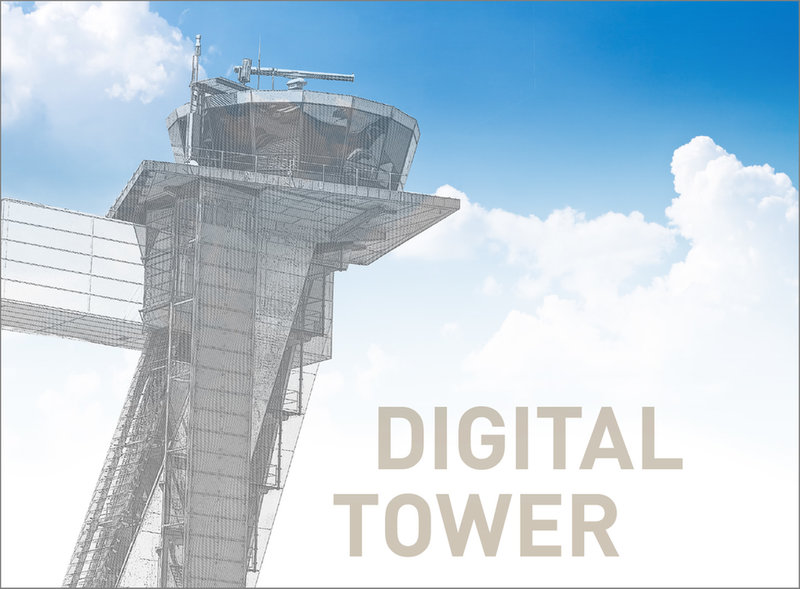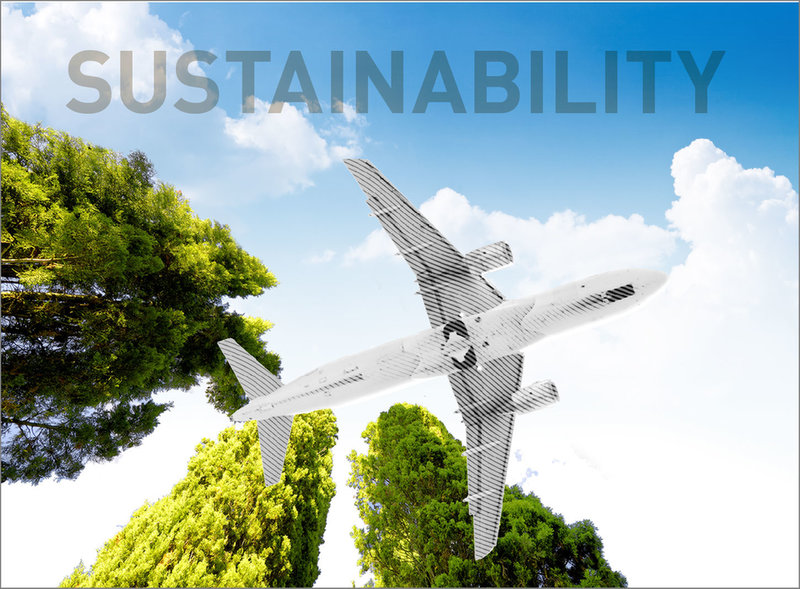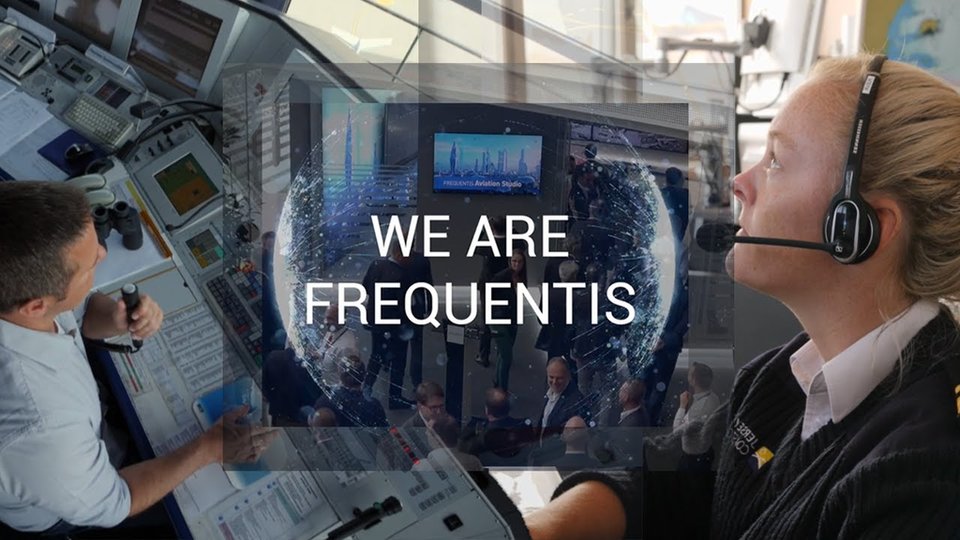Company Insight
Sponsored by Frequentis
How technology is orchestrating the sky in 2020 and beyond
Aviation growth and capacity limits are challenging the industry. Forecast air traffic growth sees no sign of slowing and a shortage of air traffic controllers is foreseen in the coming decade.
Caption
As well as passenger flight numbers set to double by 2050, the number of unmanned aircraft in the sky is also set to increase at an alarming rate, thanks to their potential to support critical industry and public services.
Air Navigation Service Providers (ANSPs) need to manage changing business models and introduce new technologies to support efficiency increases, while at the same time maintaining safety, security and the stability of their working environment. All this, while considering how air transport can become more sustainable.
Challenge #1: How do we manage more flights with the same workforce?
Orchestrating the skies in 2020+ means controlling and managing more flights using IT technologies. The air situation picture and voice communication are the two most important tools required by air traffic controllers.
Voice communication systems are now becoming cloud-based, no longer requiring dedicated hardware which is costly to maintain. With VCS3020X Rel.10, Frequentis is offering the first IT VCS. ATM surveillance and automation are also becoming more connected, with modular safety nets, drone integration and cost-efficient tools to advance the automation system based on the customer’s needs.
A fully location-independent, service-based approach allows ATC services to be provided from anywhere, dissolving the limits set by national borders or sectors. This approach is called Virtual Centre, which is one of the essential changes outlined in the European Airspace Architecture Study. At the same time, one must remember that a fundamental baseline for location independence is a safe, secure and resilient ATM-grade network that ensures the required connectivity.

Image:
Challenge #2: What will unite manned and unmanned aircraft?
The rise of unmanned traffic systems is influencing the way Air Traffic Management (ATM) is carried out. There is only one sky, so Unmanned Traffic Management (UTM) and ATM must converge to create a cross-functional, unified approach. We call this XTM.
Never before has the airspace seen such a big change. For decades it was about various kinds of aircraft and helicopters, in varying sizes for varying ranges and missions. But now, new applications for unmanned traffic emerge. We are on the verge of new mobility concepts based on electric vertical take-off and landing aircraft (EVTOL), like drone-taxis.
All this requires a new approach to automation and integration into the sky. Today’s controller-centred air traffic concept does not scale, and hence requires a radical new toolset called UTM (or U-space in Europe).

Image:
Challenge #3: Expanding tower digitalisation
After the initial migration from paper-based to electronic flight strips, now the complete tower, including the out-of-the window view, is becoming digital. This will provide better and more cost-efficient ATC services at all kinds of towers: from small regional towers with mixed IFR/VFR traffic to high volume, multi-runway airports including approach control services.
Our digital tower offering comes in three distinct versions: (1) a compact digital tower including a minimum set of communication and automation functions, to fulfil ICAO safety requirements. (2) a remote digital tower, with cameras and sensors, for remote provision of ATC services, and (3) the advanced digital tower including a powerful set of automation, routing and guidance tools for improved management of runways and taxiways.
ATM-grade networks build a solid foundation or the deployment of digital towers. They especially ensure seamless business continuity for remote digital tower operations through deterministic degraded operation scenarios in the event of network issues.
FREQUENTIS DFS AEROSENSE provides turnkey remote tower services to ensure that, not only implementation of the technology, but also controller acceptance and regulatory approvals are also managed. With the joint venture company, experience from both DFS Aviation Services and Frequentis are combined.

Image:
Challenge #4: mitigating the environmental impact of air transport
As the number of planes in the sky grows we must not forget the environmental cost. But how can technology reduce the environmental impact as flights increase?
More precise route planning and en-route flight plan optimisation based on real-time weather data, will reduce fuel consumption, and the need for excess fuel.
One such solution, in operation for Australian airline Qantas is doing just that.
The solution provided by Frequentis, together with smart4Aviation and the University of Sydney allows Qantas to manage a layer of company navigation data that supports the flight planning engine to optimise within approved company constraints such as company routes and free flight airspace. Based on this data, flight planning and flight plan optimisation is performed resulting in increased safety through accurate navigation data constraint modelling, better fuel prediction and significant business process improvements.
By adding effective departure management tools in the tower engine time on the ground can also be reduced. A look at an integrated digital tower and approach system could hold the key.
Watch the FREQUENTIS Corporate Video
Image:
Subscribe to our YouTube channel for more on our innovations.
Contact details
Caption
